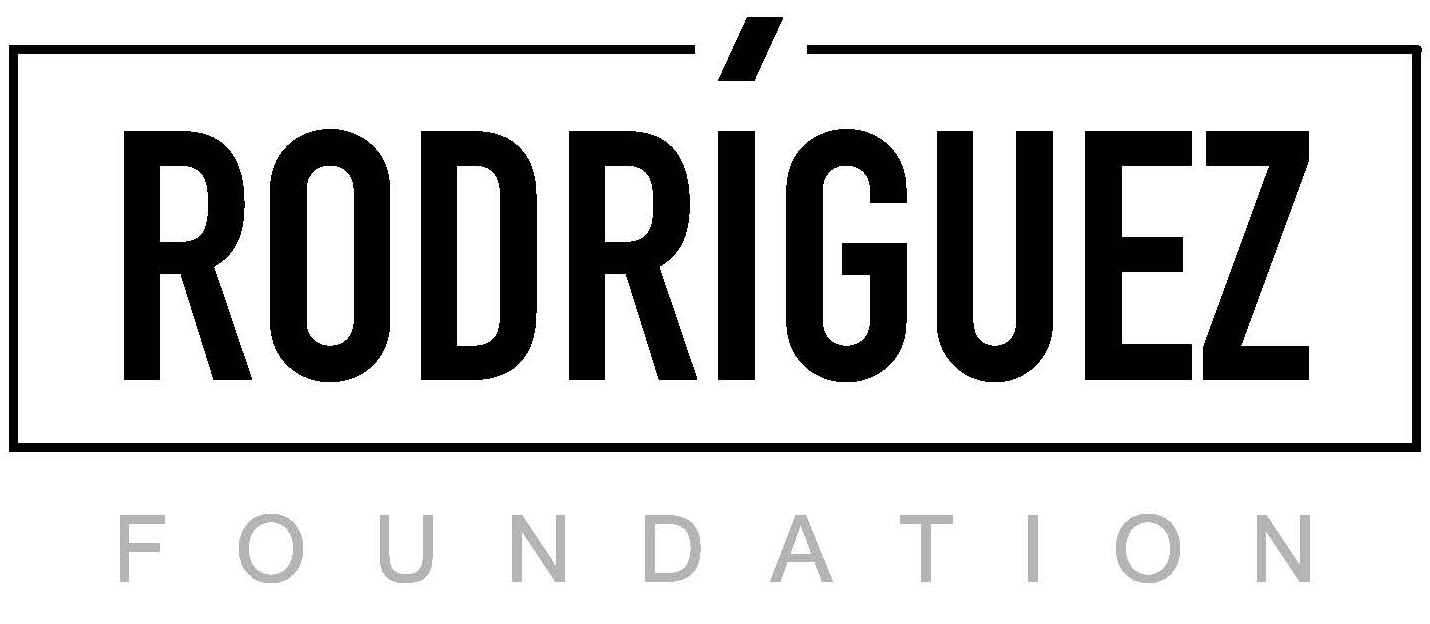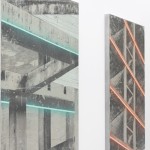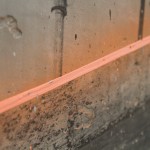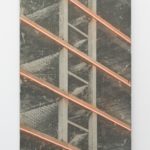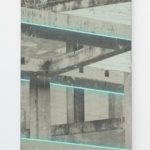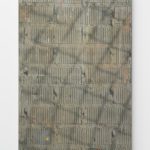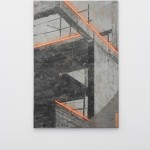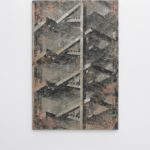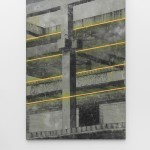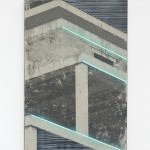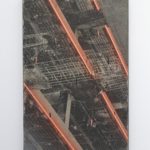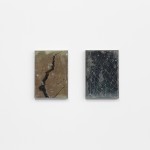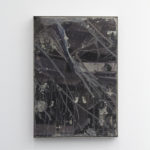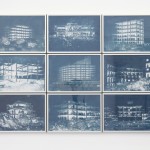Keke Vilabelda: Brand New Ruins
27.11.2015 - 09.01.2016
When in 2008 the so-called Great Recession violently hit the majority of the developed countries around the globe, many of them witnessed their housing-bubble bursting and adding more fuel to an economic crisis that was already critical. Seven years later the worst has passed but, among other changes, we have been left with a different panorama, with abandoned building complexes as a background. Keke Vilabelda tackles this issue directing his longtime interest in architecture and urban landscape to it, focusing his research on the Spanish territory, although the message is sent worldwide.
During a road trip around the country the artist visited a few out of hundreds of places where the traces of such a reckless endeavor lay forgotten. He wandered through these ruins without a past, searching for the beauty in their premature decline, paying attention to the textures of their concrete surface, the fortuitous, sometimes playful compositions created by the cavities within these skeletons of stone. It is a different kind of beauty than the one they were meant to have, no polished finishes or dazzling looks; instead, there is an aura of despair almost visible on the raw walls, the fossilized hopes and dreams of all the people who mortgaged their lives for a new home. A deep sense of failure is also present, that of the numerous companies who collapsed due to their selfish eagerness for building, leading4 themselves to bankruptcy, the buildings to ruins, and millions to deprivation.
Vilabelda tried to transfer these sensations to the gallery space by creating his works out of the same material used in the construction of those buildings, mainly cement, iron and asphalt. The result is a sort of radiographies of this unfinished architecture that not only communicate at a visual level, but also open up a pathway for deeper reflection. For this last purpose, the artist incorporates in some of the pieces, neon-like straight lines that add an artificial and fictitious quality to the image. Neon colors are used in advertisement to captivate, to sell a double reality, hiding the harsh part behind the lights. These acid tones help the works to obtain a more appealing and attractive look, maybe even enhance the composition, but the aim of the artist, far from making them pleasant, is to highlight the contrast between the new and the decay, to arouse questions, to generate an internal debate between different ideas and different languages.
The whole technical process in Vilabelda’s practice is always linked to architecture itself. For this very project, analogies with the construction procedure and with the notion of wreck in particular, become not only mechanic but go deeper to a nearly conceptual level. The photograph functions here as an archival document, which ages during the process. After being adhered to the cement surface, it needs to be dug up by scraping off manually the thin film of paper that covers it, similar to the unveiling of fossils in an archaeological site. This, together with the imperfections of the concrete layer, gives these brand new works a dilapidated look, just like ¨his¨ ruins. The physical effort undertaken by the artist remains engraved on the surface of the work, recalling and making the hardship, still being experienced in many homes, present in the exhibition space.
By carrying out the painting stage right at the end, on top of the damaged exterior, Vilabelda emphasizes the powerful contrast between what we see and what something really is, dressing up the truth in bright colours.
Things happen fast in our time, as a consumer society we rapidly buy, spend, waste and demand more. Now we find ourselves living among our own refuse, among contemporary ruins.
Download full dossier here:
Brand New Ruins Dossier EN Brand New Ruins Dossier PL
Acknowledgements:


